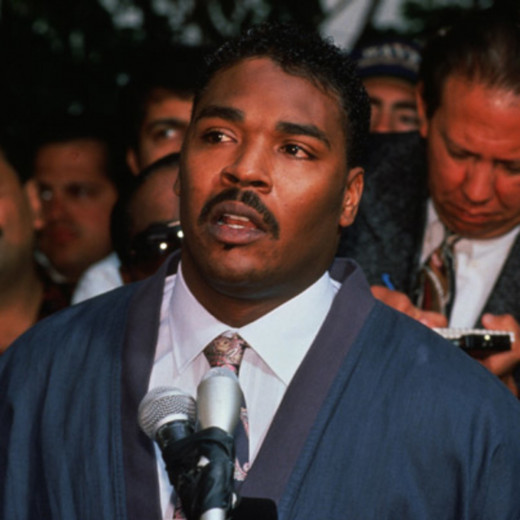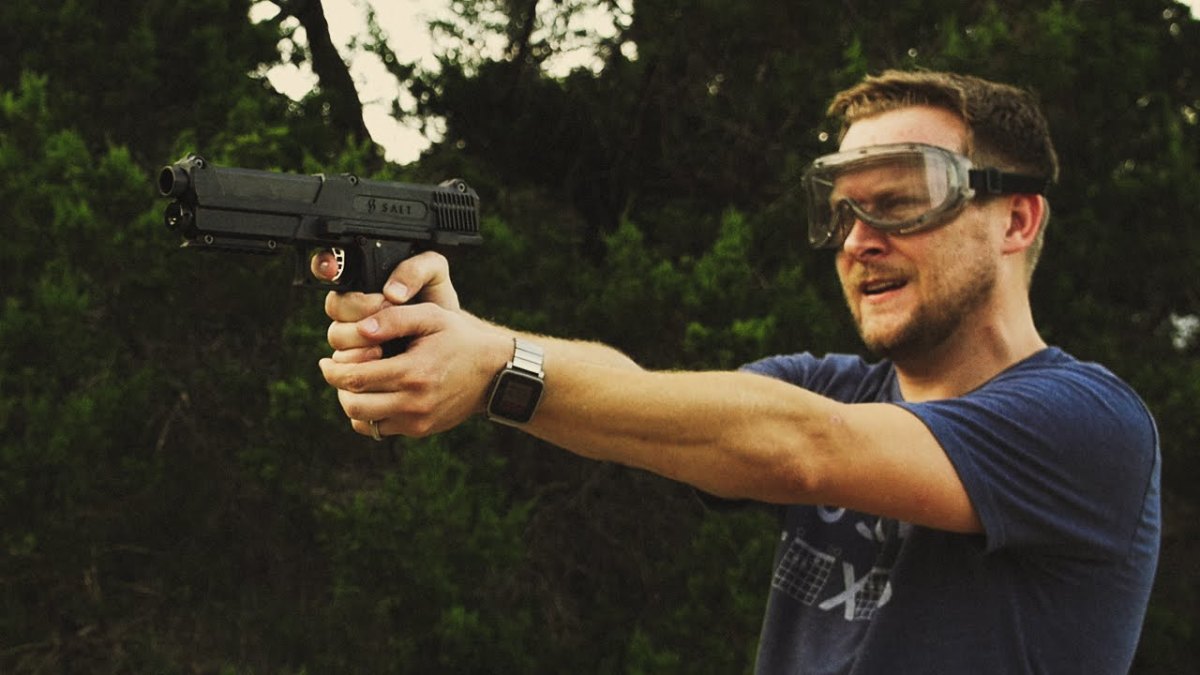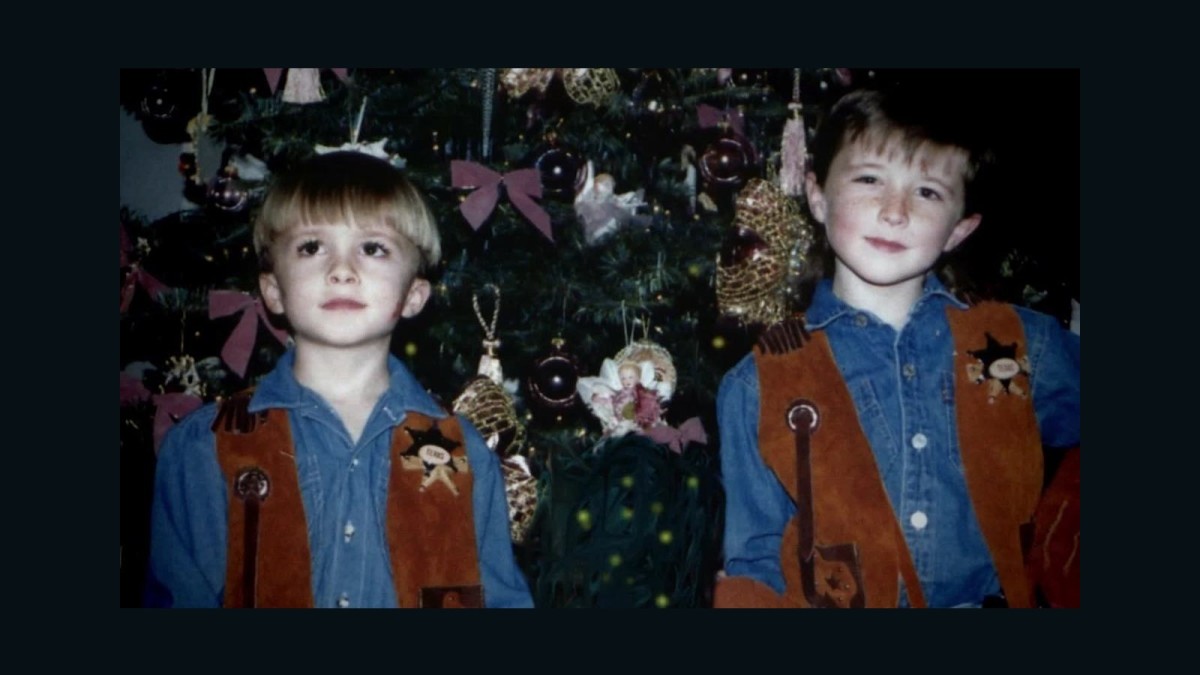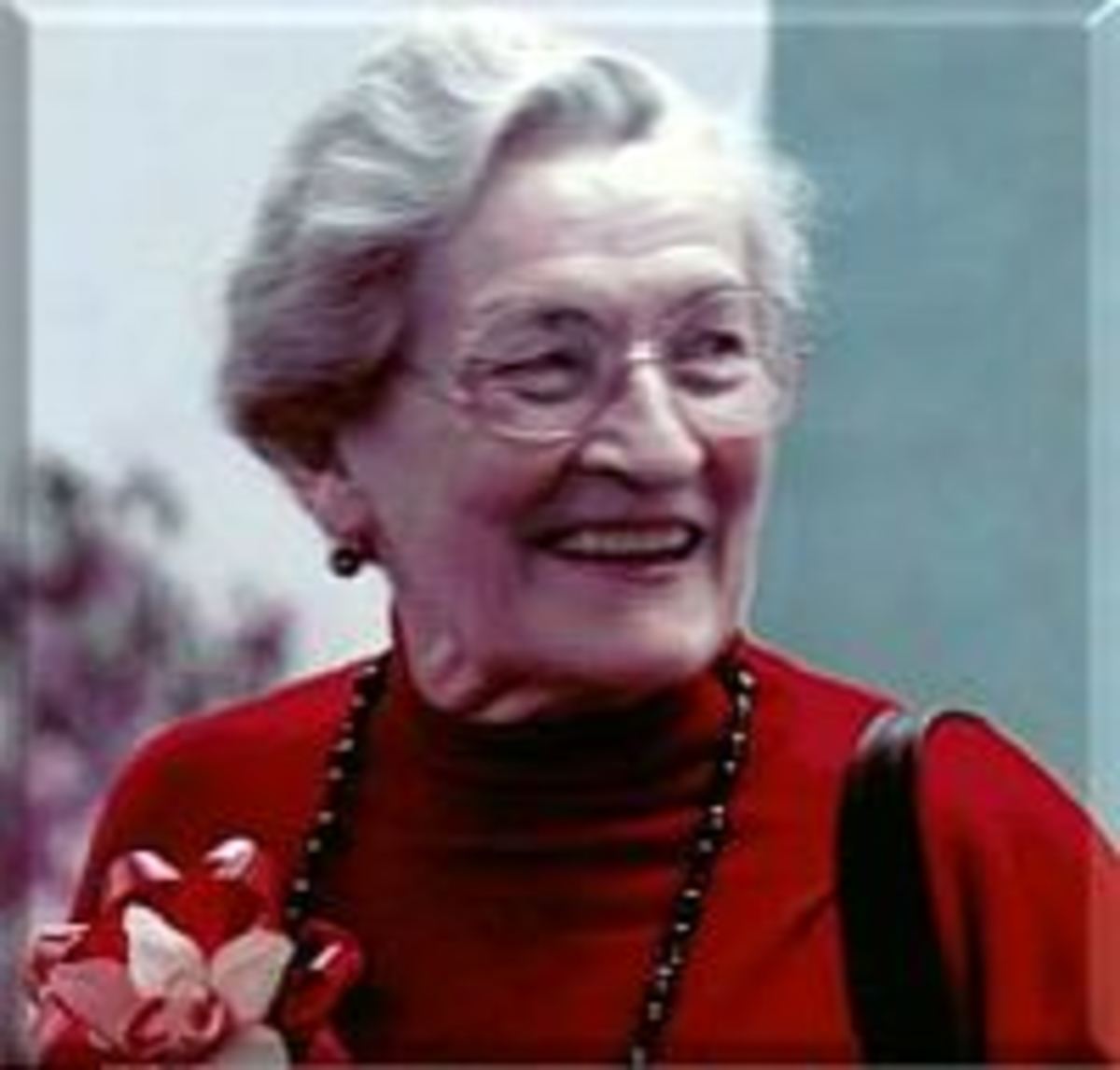Rodney King and His Rise to Popularity

King Rodney was a citizen of U.S whose case of brutal beatings by the Los Angeles police officers caused racial tension in the country. The actual case involved a high-speed car chase between King and the police officers. King could later content that he had wanted to outrun the officers since he was driving under the influence of alcohol and that he did not want to be caught by the officer. He also claimed that in the event that he was caught, he could have violated his parole and therefore, he could be sent back to prison. However, Rodney was not alone in this car, rather, he was accompanied by two of his friends, Bryant Allen and Freddie Helms. King and his friends had spent the previous night at a friend’s house where they had been involved in a drinking spree.
When the police officers finally caught up with King, they found that his blood level was actually above the allowed limit. This confirmed King’s statement that he had been under the influence of alcohol (Fiske 4).
Interestingly, an amateur photographer from the balcony of a house videotaped the event. The photographer sent the footage to various news agencies including a local news station KTLA. In this footage, four officers were seen surrounding Rodney King and striking him consistently while others simply watched. The footage became famous around the world and various global media houses aired it. It elicited outrage particularly in places where racial tensions were high. Moreover, it raised public concern regarding how police officers treated minorities (Stevenson, and Egan 1).
Following this footage, the four officers who were involved in the incident were charged with assault and using excessive force in their jurisdictions. However, the officers were later acquitted of the charges related to use of deadly weapon but the juror did not issue a verdict on the use of excessive force. The jury became deadlocked at 8-4 and favored acquittal. Consequently, the acquittal of the officers sparked riots in Los Angeles in 1992. In addition, the riots resulted into the death of 53 people while over 2000 were injured. The riots upon the intervention of military (Stevenson, and Egan 1).
Following these events, the federal government sought to obtain grand jury indictments for the civil rights violations for Rodney King. The four officers who participated in the event were again retried in a federal court in 1993 and two of them were found guilty and consequently jailed. The other officers were again acquitted.
The Biography of Rodney King
The birthplace of Rodney King was California. His father was called Ronald King while his mother was known as Odessa King. He lost his father in 1984 who was only aged 42 years. After the loss of his father, King began to be involved in unruly incidences and behavior. This put him into consistent loggerheads with the security agencies. One incident that he be remembered was when in 1989, he robbed a store in, Monterey Park. He had threatened the storekeeper using an iron bar into giving him all the cash that was in that store. However, despite being given two hundred dollars by the cashier, King was not satisfied and demanded to be given checks that were in the cash register as well. This promoted the storekeepers to resist and a confrontation between King and storekeeper ensued. The owner grabbed the iron bar from King and struck him with it. King also struck the store owner using the pole he had found nearby and managed to escape. A few days later, he was arrested and charged in a Californian court. He pleaded guilty and the court sentenced him with two years imprisonment. However, he was released after completing one year.
Ten years after the beating incident, the Guardian Newspaper interviewed King. In this interview, he claimed to have found it difficult to forget the memory of the incident. According to him, the incident was like being stripped, raped and beaten death on the asphalt.
The Trial of Los Angeles Police Officers In Relation to Kings Beatings
In this trial, both the defendant and defense understood that the type of juries selected was very important to the outcome of the trial. On the side of prosecution, they had wished to include some blacks in the jury, considering that they were skeptical of police practices. Nonetheless, the jury pool that constituted 260 individuals included only six African Americans. Moreover, most of these African Americans did not have an interest in serving in the jury since they considered it a hostile environment. The fact that most of the jurors were pro-law enforcement was quiet troubling for the prosecution. White is recorded to have said, “This case is bound to fail”. Apparently, Jo-Ann Dimitrius was the leading consultant for the defense was delighted with the constitution of the jury. In fact, she went on to refer it as a gem of jury (Cannon 1).
On its part, the media did not appreciate fully the significance of the jury composition. Rather, they placed too much confidence in the video to obtain a conviction for the officers. The media did not adequately prepared the public for the verdict that was delivered some days later. The Deputy District Attorney played the entire Holliday videotape during the opening of the case. The jurors saw this video repeatedly before the case was concluded (Linder 1).
In their opening statements, four attorneys for the defense revealed a crack in their defense strategy. Koon’s attorney for the case Darryl Mounger, depicted King as the one to blame for the beating. Mounger explained to jurors that King should be held responsible for what had occurred. Barnett John, Theodore Briseno depicted officer Powel as being out of control as he had tried to stop the beating with no avail. He even used the video as the evidence of these (Cannon 1).
The prosecution considered that it should not be appropriate to put King on the trial since this would expose him to cross-examination concerning his prior criminal offenses. In addition, the prosecution had a fear that King might lose his temper (considering that he was a short-tempered man) during the process of cross-examination and hence, antagonize jurors. When White asked him whether there were any compelling reason on why the Officer Powell had to strike the driver, Singer explained that she did not see any reason. During the cross examination, Michael Stone, an attorney for Officer Powell attempted to cast doubt on Singer’s account (Koon and Deitz 78).
Some of the prosecution witnesses sought to focus on the statement, which Powel made after the beating incident. The Loss Angele’s Police Departments communication officer stated that the officer Powell had sent a derogatory message to another officer in regard to King. This evidence concurred with those given by the nurses who happened to be in the emergency room where King was being treated. According to the nurses, the conversation between Powell and King was full of racial prejudice. Lawrence Davis, another prosecution witness who had overhead Powell saying that the beating he had given King was like “a good hardball game”, also confirmed this. Moreover. Powell had also bragged of having hit many home runs. These same statement were also confirmed by one Carol Edward, another prosecution witness who a part from hearing the hardball remarks also overhead Powell claiming that King could not outdo them. When Powell’s lawyers were cross examine concerning these remarks, they said that these remarks were made by another officer and not Powell (Cannon 115).
The evidence from the prosecution was concluded on March 17. Much of the evidence presented except the videotape centered on the actions and utterances of the two officers, Koon and Powell. There were no strong evidence to implicate the other two since even from the video tape, they were only watching what was taking place. In fact, Paul DePasquale, an attorney for one of the other two officers did not consider putting his client on the stand owing to lack of strong and reliable evidence (Fiske 17).
One of the defense witnesses identified as Clemmer Susan, also from the LAPD went on to formulate a defense story. In this story, he portrayed Rodney King as a suspect who was too scary and the officers as scared beings. Clemmer brought forth many factors that could have labeled King as a scary subject. For instance, he spit blood at the officers and could be heard insulting them “fuck you” and other detestable insults. Clemmer pointed out how Powell and Koon had told her of being too scared in dealing with this matter. She went on to reveal that the suspect had thrown Poll off his back. At one moment, Powell was tempted to shoot him (Benjamin 1).
Conclusion
The jury debated the fate of the officers for eight days. Verdicts of acquittal were reached for officers Briseno, Wind and Koon since the evidence against them were deemed to be weak. Powell’s actions were discussed at great length by the jury. In the end, Powell was only indicated of one of the assault charges while being cleared of the other charges.








